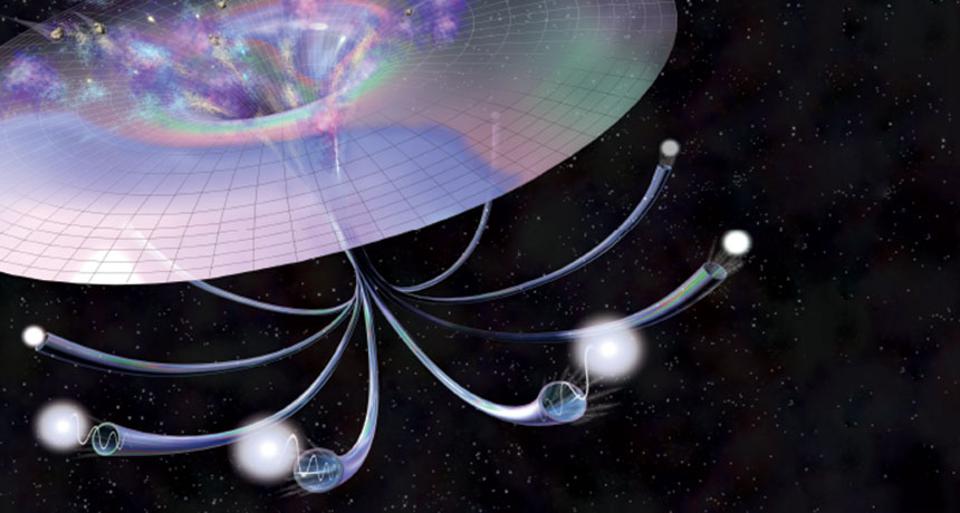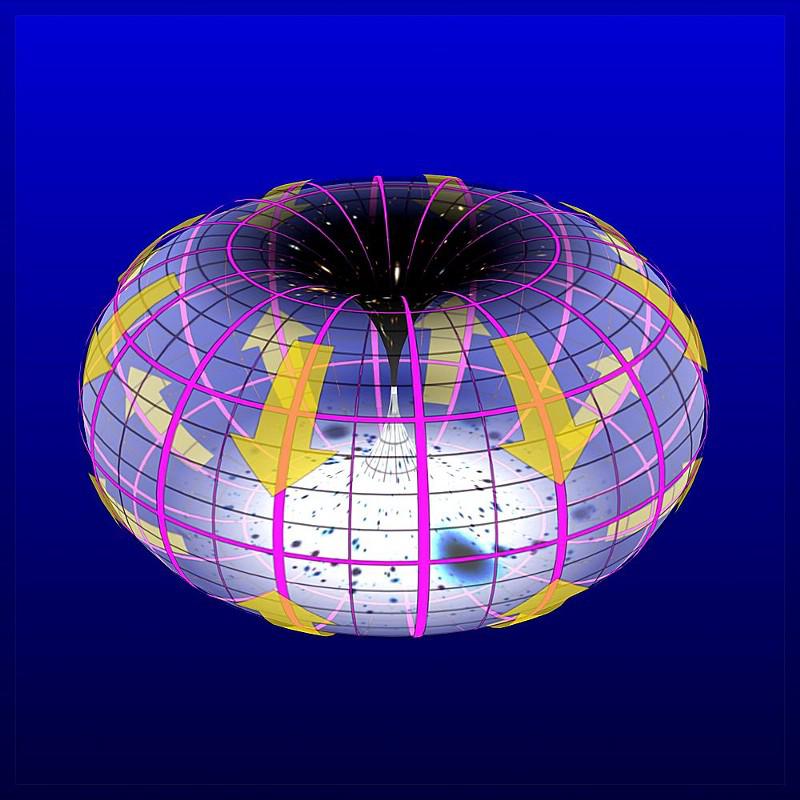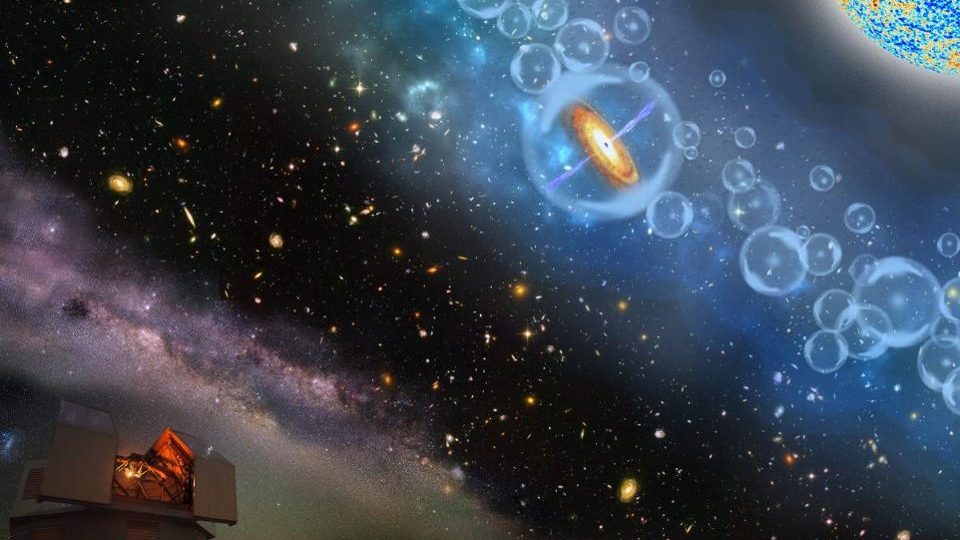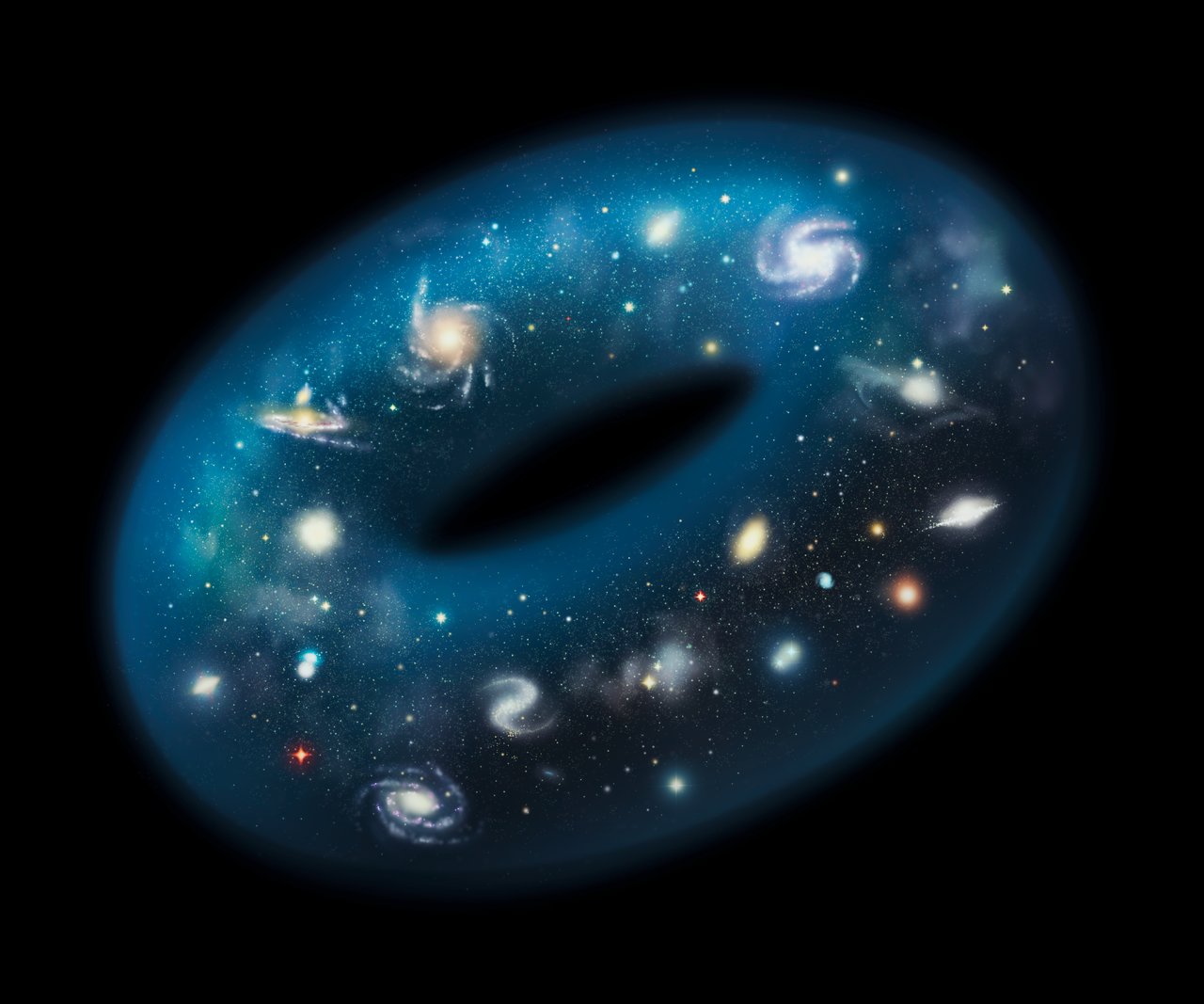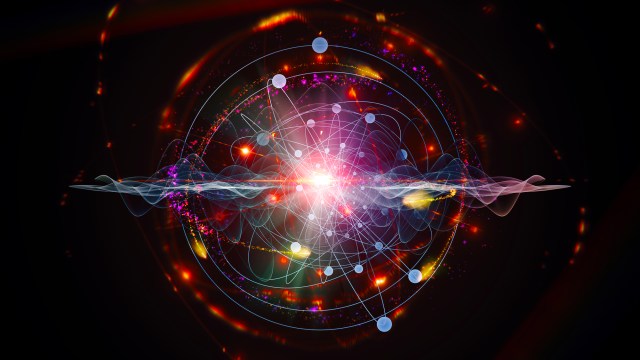Just how big is the Universe? We still don’t know
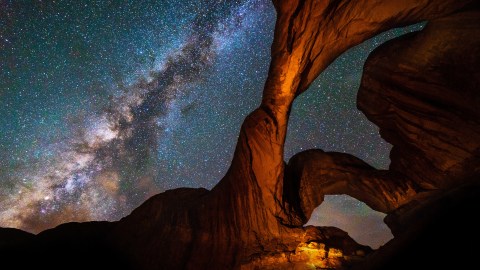
If you’re lucky enough to live somewhere far from city lights, you might have gone outside one night and looked up. On a clear night, you are rewarded with a breathtaking vision of stars — each one a distant sun. If you have a little knowledge (or a handy app), you might even be able to identify a constellation or two.
But the most awe-inspiring thing is that space seems to go on forever. Even our oldest ancestors pondered the nature of the heavens and the distances to the planets, stars, and occasional comets painted across the sky.
You would think that in our modern day, we would know the size of the Universe, but we don’t. On the other hand, not knowing everything isn’t the same as knowing nothing. So, what do we know, and what do we not know? Just how big is the Universe?
A hypothetical static Universe
To begin with, we know two crucial facts. The first is that the Universe began just shy of 14 billion years ago in a singular event, called the Big Bang. The second is that ordinary, visible light has a finite speed. It travels at the amazing rate of 300,000 kilometers (186,000 miles) per second, or fast enough to circle the Earth about seven times in a single second. We call the distance light can travel in a year a light-year, which is equal to about ten trillion kilometers (6 trillion miles).
Another important idea we need to understand is the difference between the visible Universe versus the entire Universe. The first is what we can see, and the other is everything. This isn’t so hard to understand. Someone standing on the roof of the tallest building on the planet (the Burj Khalifa in Dubai) can see in every direction for about 100 km (60 miles). However, the surface of the Earth is much bigger than that, and the curvature of the planet makes it impossible to see everything.
With the Universe, the limiting factor is different: It’s the speed of light. If our Universe were static and unchanging (which isn’t true), the farthest thing we could see would be 14 billion light-years away. That’s because if an object that far away emitted light the moment the Universe began, that light would just now be arriving at Earth. Light emitted from an objected located 15 billion light-years away wouldn’t arrive here at Earth for another billion years, so we couldn’t see it yet.
In our hypothetical static Universe, the visible Universe would be a sphere, surrounding the Earth, with a radius of 14 billion light-years. The entire Universe might be bigger than that, but we would have no way of knowing, since light from more distant locations hasn’t arrived yet.
Our actual Universe
But the Universe isn’t static, and that complicates things. The Universe began in the Big Bang, and that “bang” caused the Universe to expand. As it travels, light has to fight against that expansion, which takes it longer to get to you.
To understand this, suppose a child stands ten meters away from you and rolls a ball toward you at two meters per second. It will take five seconds for the ball to get to you. Now, suppose we have the same situation, with you standing on firm ground, but the child on one of those moving walkways you find in airports. Suppose further that the walkway is moving away from you at one meter per second. Because of the motion of the walkway, the ball will not take five seconds to get to you; it will take ten.
Alas, it gets more complicated. While the child was ten meters away from you when they rolled the ball, because of the motion of the walkway, the child will be twenty meters away from you when the ball gets to you.
The same thing has happened to the visible light from the Big Bang. That light travelled for 14 billion years to arrive at Earth now. And just like the child on the moving walkway, the current location of whatever emitted that earliest light isn’t 14 billion light-years away; it’s now 46 billion light-years away. We see the light from where it was emitted, not where the emission source is now.
In this way, astronomers can say with confidence that the visible Universe — which is the sphere around the Earth out to the distance of the oldest thing we can see — is 92 billion light-years in diameter (that is, edge to edge).
So, how big is the Universe?
But that is merely the visible Universe. What about the entire Universe? How can we know about parts that are so far away that we have not even seen them yet? That’s where things get interesting.
It may be surprising, but astronomers are not 100% sure they know the geometry of space. It could be flat, or it could be curved. While space is three dimensional, we can use a two-dimensional analogy to understand what that means.
In two dimensions, flat means flat, like the surface of a table. However, a two-dimensional surface could be curved, like the surface of a globe, but it also could be curved like the surface of a saddle. If it’s curved like the surface of a globe, that means if you had a super-fast spaceship and traveled long enough, you could end up back where you started, like a plane flying along the Earth’s equator.
Astronomers have studied the data and have determined that space is flat, or nearly so. However, this determination is a measurement, and measurements have uncertainty. It remains possible that the Universe has a very tiny curvature. But if it is curved, then the equivalent of the “Universe’s equator” is at least 500 times bigger than the visible Universe. Or possibly bigger than that.
So, despite not knowing the size of the entire Universe, astronomers know that it is at least 500 times larger than what we can see. (That number represents the distance one would have to travel to return to your starting location.) In the same way that the volume of a cube is the distance along the sides cubed, the volume of the entire Universe is, at a minimum, 125 million times bigger than the visible Universe.
The bottom line is that the visible Universe is incredibly large, and the entire Universe is truly enormous — indeed, the entire Universe could be infinitely large.
